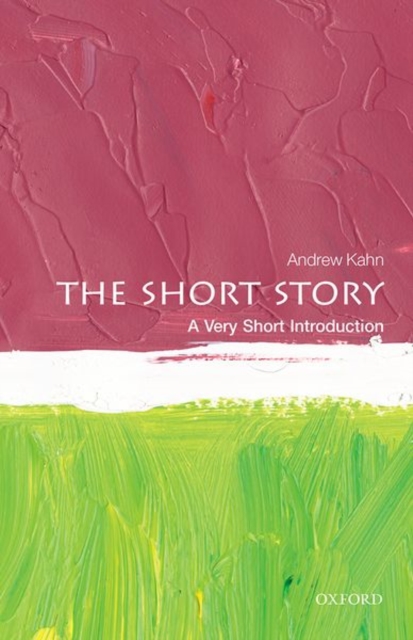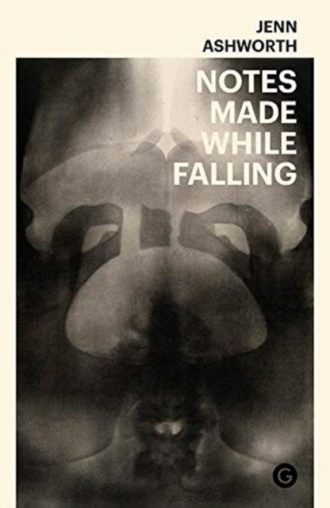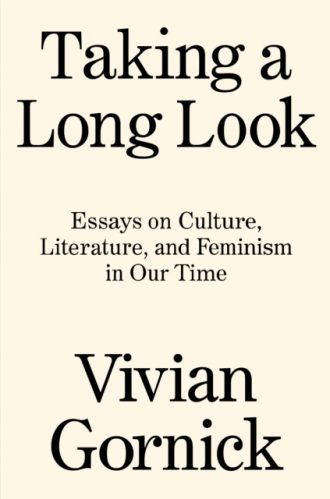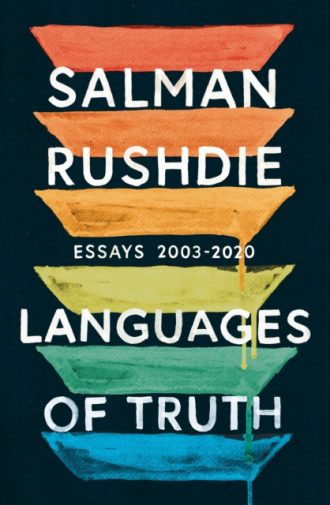What defines a modern short story is much more than a question of length. Despite the efforts of early pioneers like Edgar Allan Poe, the genre was originally synonymous with the anecdote or tale and seen more as entertainment than art. However it has become far more than that, and this Very Short Introduction considers afresh the form’s ongoing innovations in plot construction, capacity for psychological insight, and ability to offer intensely concentrated perceptions. This book charts the rise of the short story from its original appearance in magazines and newspapers, largely in the United States and Great Britain. For much of the nineteenth century, tales were written for the press, and the form’s history is marked by engagement with popular fiction. From the later nineteenth century, the short story earned a reputation for its skillful use of plot design and character study distinct from the novel. After the First World War it found outlets in high-brow publications, and single-author collections, as well as anthologies, were regularly published. Exploring the form’s techniques and themes, Andrew Kahn considers the continuity and variation in key structures and techniques such as the beginning, the creation of voice, the ironic turn or plot twist, and how writers manage endings. Throughout he draws on examples from an international and flourishing corpus of work, with close analysis of classic and lesser-known stories by American, Canadian, Irish, Australian, Russian, and French masters such as James Baldwin, Grace Paley, Alice Munro, Elizabeth Taylor, William Trevor, Helen Garner, Chekhov, and Guy de Maupassant. Very Short Introductions: Brilliant, Sharp, Inspiring ABOUT THE SERIES: The Very Short Introductions series from Oxford University Press contains hundreds of titles in almost every subject area. These pocket-sized books are the perfect way to get ahead in a new subject quickly. Our expert authors combine facts, analysis, perspective, new ideas, and enthusiasm to make interesting and challenging topics highly readable.







